Home>Storage & Organization>Kitchen Organizing Tools>How To Train A Guinea Pig To Use A Litter Box
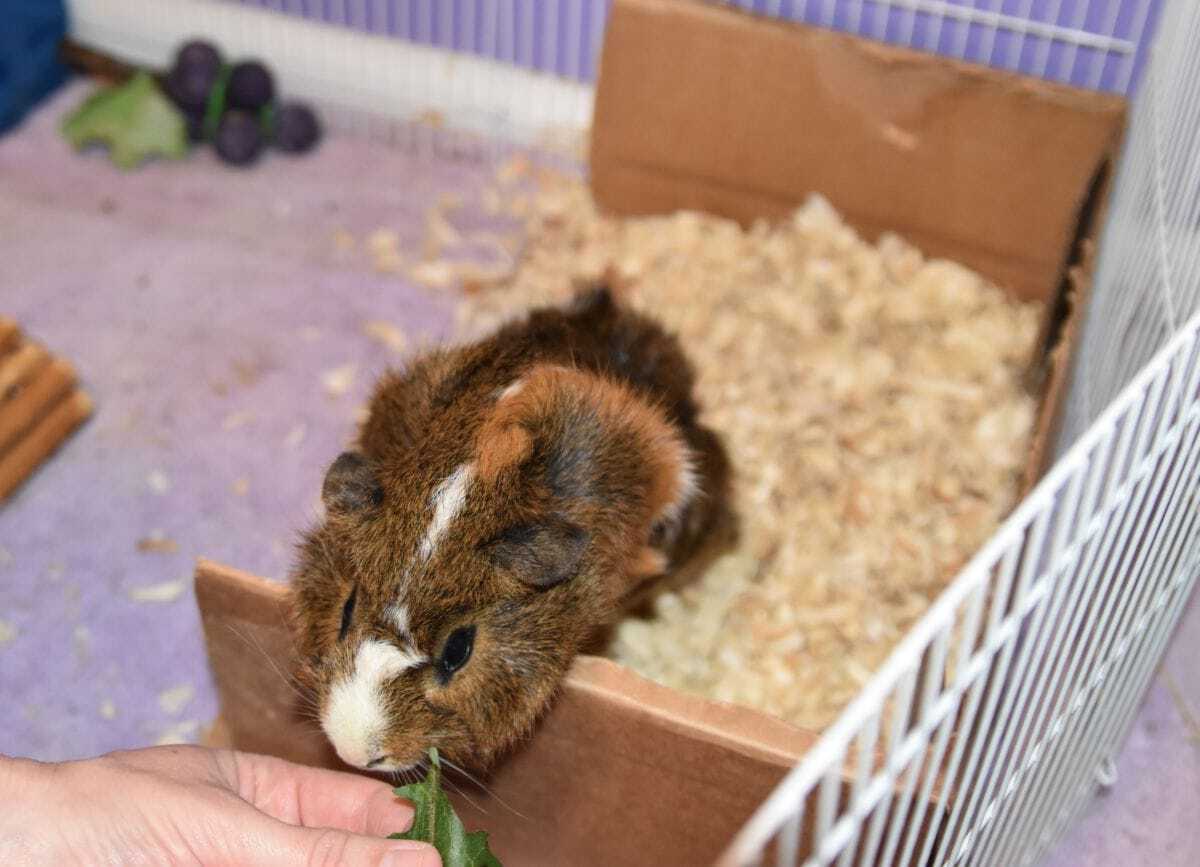

Kitchen Organizing Tools
How To Train A Guinea Pig To Use A Litter Box
Modified: March 2, 2024
Discover the best kitchen organizing tools and tips to keep your space tidy and efficient. Find out how to train a guinea pig to use a litter box for a cleaner home.
(Many of the links in this article redirect to a specific reviewed product. Your purchase of these products through affiliate links helps to generate commission for Storables.com, at no extra cost. Learn more)
Introduction
Training a guinea pig to use a litter box can be a game-changer for both you and your furry friend. Not only does it help maintain a cleaner living environment, but it also fosters a stronger bond between you and your pet. While some may believe that litter training a guinea pig is a daunting task, it can actually be a rewarding and relatively straightforward process when approached with patience and understanding.
Guinea pigs, also known as cavies, are intelligent and social creatures that can be trained to use a litter box much like cats. By understanding their natural behaviors and preferences, you can create a positive and enriching litter box training experience for your guinea pig. This article will guide you through the process of training your guinea pig to use a litter box, from understanding their behavior to choosing the right litter box and implementing effective training techniques. With the right approach and a bit of dedication, you can successfully teach your guinea pig to use a litter box, leading to a happier and more harmonious cohabitation.
Key Takeaways:
- Guinea pigs are clean and routine-loving pets. By understanding their behavior and using positive reinforcement, you can train them to use a litter box, creating a cleaner and happier living environment for both of you.
- Choosing the right litter box and maintaining consistency are key to successfully training your guinea pig. Regular cleaning, observation, and providing enrichment activities will help uphold their litter box habits and strengthen your bond.
Read more: What To Put In A Guinea Pig Litter Box
Understanding Guinea Pig Behavior
Guinea pigs, also known as cavies, are delightful and sociable pets with endearing behaviors that make them popular companions. Understanding their natural behaviors is crucial when embarking on the journey of litter box training. By comprehending their instincts and preferences, you can tailor the training process to align with their natural inclinations.
Guinea pigs are inherently clean animals and tend to designate specific areas within their habitat for urination and defecation. This behavior stems from their instinct to establish a defined territory within their living space. Observing your guinea pig's behavior patterns can provide valuable insights into where they prefer to relieve themselves, which is a pivotal aspect of successful litter box training.
Furthermore, guinea pigs are creatures of habit and thrive on routine. Once they become accustomed to a particular behavior or environment, they are inclined to maintain that pattern. This inclination toward consistency can be leveraged during the litter box training process, as guinea pigs are more likely to adopt the habit of using a designated litter box when it becomes a part of their established routine.
Additionally, guinea pigs are sensitive to their surroundings and can be easily stressed by changes in their environment. When introducing a litter box to their habitat, it is essential to do so gradually and with patience. By allowing your guinea pig to acclimate to the presence of the litter box and associating it with positive experiences, such as offering treats or praise, you can create a positive association with the litter box, making it more appealing for them to use.
Understanding these fundamental aspects of guinea pig behavior is pivotal in laying the groundwork for successful litter box training. By recognizing their natural tendencies and adapting the training process to align with their instincts, you can create a conducive environment for your guinea pig to embrace litter box usage as a positive and consistent habit.
Choosing the Right Litter Box
Selecting the right litter box for your guinea pig is a crucial step in the litter training process. The ideal litter box should cater to your guinea pig's size, habits, and comfort, while also being easy to maintain. Here are essential factors to consider when choosing the right litter box for your furry companion:
-
Size and Accessibility: Guinea pigs require a spacious litter box that allows them to comfortably enter, turn around, and assume their natural posture for urination and defecation. A larger litter box helps prevent messes and provides ample space for your guinea pig to move freely. Additionally, ensure that the sides of the litter box are low enough for easy access, especially for young, elderly, or differently-abled guinea pigs.
-
Material: Opt for a litter box made of durable, non-toxic materials such as plastic or metal. Avoid wood or other materials that may absorb moisture or odors, as they can be challenging to clean and maintain. The smooth surface of the litter box facilitates easy cleaning and prevents the accumulation of waste and bacteria.
-
Corner or Freestanding: Consider whether a corner litter box or a freestanding one would best suit your guinea pig's habitat. Corner litter boxes are space-efficient and fit snugly into cage corners, while freestanding options offer versatility in placement within the enclosure.
-
Litter Guard or Cover: Some litter boxes come with a guard or cover to prevent litter spillage and contain odors. While these features can be beneficial in maintaining cleanliness, ensure that they do not restrict your guinea pig's access or cause discomfort.
-
Litter Box Placement: Place the litter box in an area of the enclosure where your guinea pig frequently eliminates. Observing their natural behavior can help determine the most suitable location for the litter box, promoting a seamless transition to its use.
By carefully considering these factors, you can select a litter box that aligns with your guinea pig's needs and facilitates the training process. A well-chosen litter box contributes to a comfortable and hygienic environment for your guinea pig while supporting their successful adoption of litter box habits.
Training Your Guinea Pig
Training your guinea pig to use a litter box involves patience, consistency, and positive reinforcement. By employing gentle and encouraging methods, you can effectively guide your guinea pig toward adopting litter box habits. Here's a step-by-step approach to training your guinea pig:
-
Introducing the Litter Box: Begin by placing the litter box in a designated area of your guinea pig's enclosure where they frequently eliminate. Allow your guinea pig to become familiar with the presence of the litter box without any pressure to use it immediately. This initial phase is crucial in acclimating your guinea pig to the new addition to their environment.
-
Observation and Encouragement: Spend time observing your guinea pig's behavior to identify their preferred elimination spots. When you notice them displaying signs of preparing to urinate or defecate, gently place them in the litter box. Offering verbal praise and gentle petting can reinforce the positive association with the litter box. Repeat this process consistently to encourage your guinea pig to use the litter box voluntarily.
-
Consistent Placement: Maintain the placement of the litter box in the chosen area, ensuring that it remains easily accessible to your guinea pig. Consistency in the location of the litter box reinforces the association between that specific spot and the act of elimination, facilitating the training process.
-
Reward-Based Training: Utilize positive reinforcement by offering small treats or favorite vegetables as a reward when your guinea pig uses the litter box. This creates a positive incentive for them to repeat the desired behavior. However, it's important to offer treats in moderation to maintain a balanced diet for your guinea pig.
-
Routine and Patience: Establish a consistent routine for interacting with your guinea pig and monitoring their litter box habits. Patience is key, as each guinea pig may progress at their own pace. Avoid scolding or punishment if accidents occur outside the litter box, as this can create stress and hinder the training process.
-
Maintaining Cleanliness: Regularly clean the litter box to ensure a hygienic environment for your guinea pig. A clean litter box not only promotes their willingness to use it but also contributes to their overall well-being.
By following these training techniques and maintaining a positive and patient approach, you can effectively teach your guinea pig to use a litter box. Remember that each guinea pig is unique, so the training process may vary in duration. With dedication and understanding, you can support your guinea pig in embracing litter box habits, leading to a harmonious coexistence and a cleaner living environment for both you and your beloved pet.
Maintaining Litter Box Habits
Consistency and diligence in maintaining your guinea pig's litter box habits are essential for long-term success. Once your guinea pig has been successfully trained to use the litter box, it's crucial to uphold their positive habits and ensure a clean and hygienic environment. Here are key practices for maintaining your guinea pig's litter box habits:
Read more: How To Train A Ferret To Use A Litter Box
Regular Cleaning
Frequent cleaning of the litter box is paramount to encourage your guinea pig to continue using it. Remove any waste and replace the soiled litter with fresh bedding regularly. A soiled litter box not only deters your guinea pig from using it but also poses health risks due to bacterial growth. By maintaining cleanliness, you promote a comfortable and sanitary space for your pet.
Observation and Reinforcement
Continue to observe your guinea pig's behavior and litter box habits. If you notice any changes or irregularities, such as avoiding the litter box or exhibiting signs of discomfort, it's essential to address any potential issues promptly. Additionally, offering verbal praise and occasional treats when your guinea pig uses the litter box reinforces their positive behavior, further solidifying their litter box habits.
Litter Box Placement
Ensure that the litter box remains in the same designated area within your guinea pig's enclosure. Consistent placement reinforces the association between that specific spot and the act of elimination. Avoid relocating the litter box unless necessary, as sudden changes can disrupt your guinea pig's established routine and lead to confusion.
Monitoring Health and Well-being
Regularly monitoring your guinea pig's overall health and well-being is crucial in maintaining their litter box habits. Changes in urination or defecation patterns, along with any signs of discomfort, could indicate underlying health issues that require attention. By promptly addressing any health concerns, you can support your guinea pig's continued use of the litter box.
Read more: How To Train A Dog To Use A Litter Box
Providing Enrichment
Enriching your guinea pig's environment with stimulating activities and social interaction contributes to their overall well-being and can indirectly support their litter box habits. A content and mentally stimulated guinea pig is more likely to adhere to their litter box routine, as stress and boredom can sometimes lead to behavioral changes.
By consistently implementing these practices, you can effectively maintain your guinea pig's litter box habits and promote a harmonious living environment for both you and your beloved pet. Remember that ongoing care and attention are key to sustaining your guinea pig's positive litter box behaviors, ultimately enhancing their quality of life and strengthening your bond with them.
Conclusion
In conclusion, training your guinea pig to use a litter box is a rewarding endeavor that fosters a cleaner living environment and strengthens the bond between you and your furry companion. By understanding your guinea pig's natural behaviors, selecting the right litter box, implementing effective training techniques, and maintaining consistent habits, you can successfully integrate litter box usage into your guinea pig's routine.
The process begins with a deep understanding of guinea pig behavior, acknowledging their instinctual tendencies, and leveraging their preference for routine and consistency. This understanding forms the foundation for a positive and enriching training experience. Choosing the right litter box tailored to your guinea pig's needs and maintaining a clean and accessible environment are pivotal in facilitating successful litter box habits.
Training your guinea pig involves patience, observation, and positive reinforcement. By gently introducing the litter box, encouraging voluntary usage, and maintaining a consistent routine, you can guide your guinea pig toward embracing the litter box as a natural part of their habitat. Additionally, maintaining their litter box habits requires ongoing dedication, regular cleaning, and attentive monitoring of their well-being.
Ultimately, the successful integration of litter box habits contributes to a harmonious coexistence and a hygienic living space for both you and your beloved guinea pig. It enhances their quality of life and allows for a deeper connection based on mutual understanding and care. By nurturing a positive litter box routine, you create a comfortable and enriching environment that supports your guinea pig's overall well-being.
In essence, the journey of training your guinea pig to use a litter box is a testament to the bond you share and the commitment to providing the best care for your pet. With patience, understanding, and a proactive approach, you can create a harmonious and hygienic living space that enriches the lives of both you and your guinea pig.
Frequently Asked Questions about How To Train A Guinea Pig To Use A Litter Box
Was this page helpful?
At Storables.com, we guarantee accurate and reliable information. Our content, validated by Expert Board Contributors, is crafted following stringent Editorial Policies. We're committed to providing you with well-researched, expert-backed insights for all your informational needs.
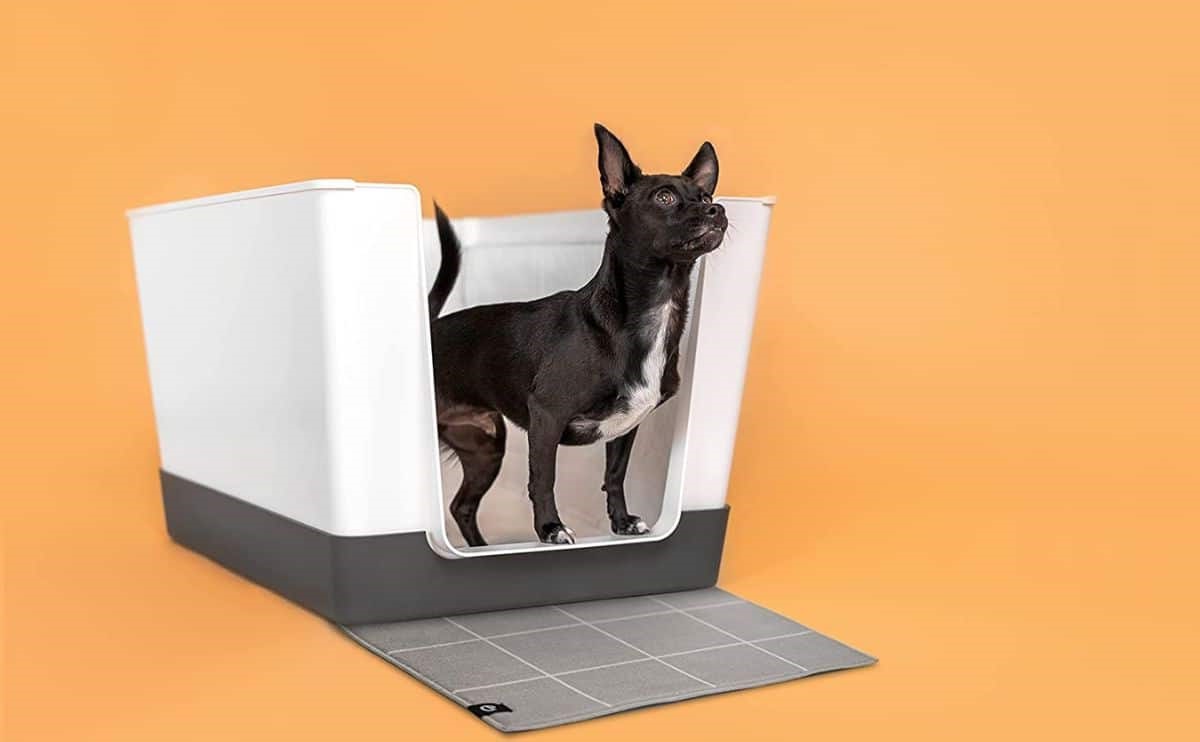
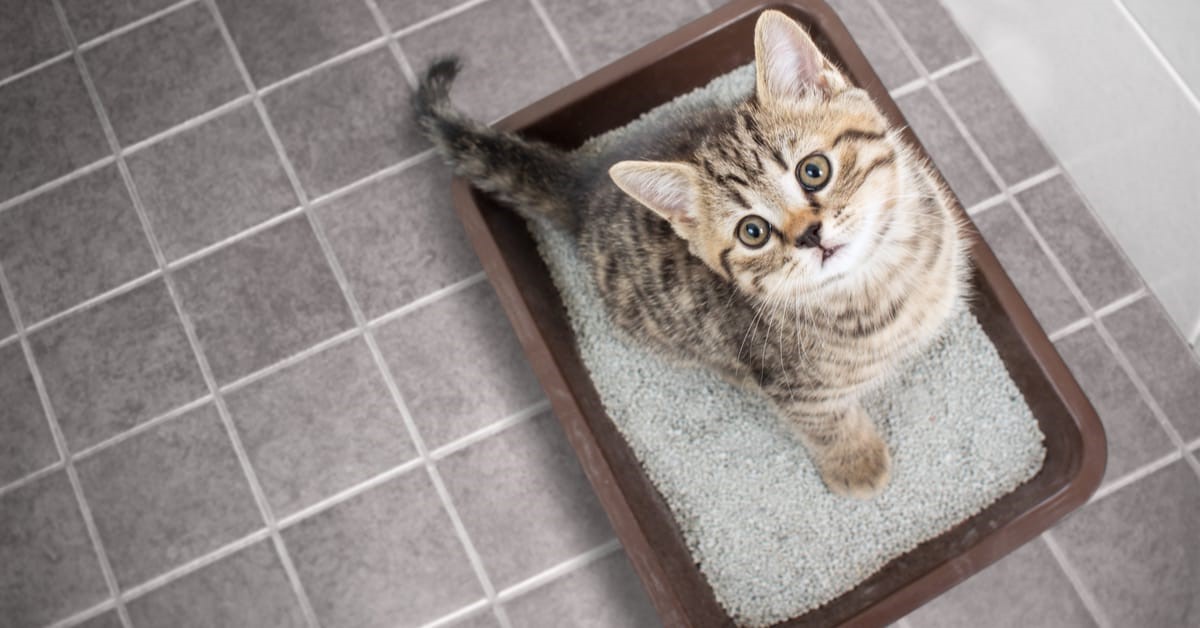
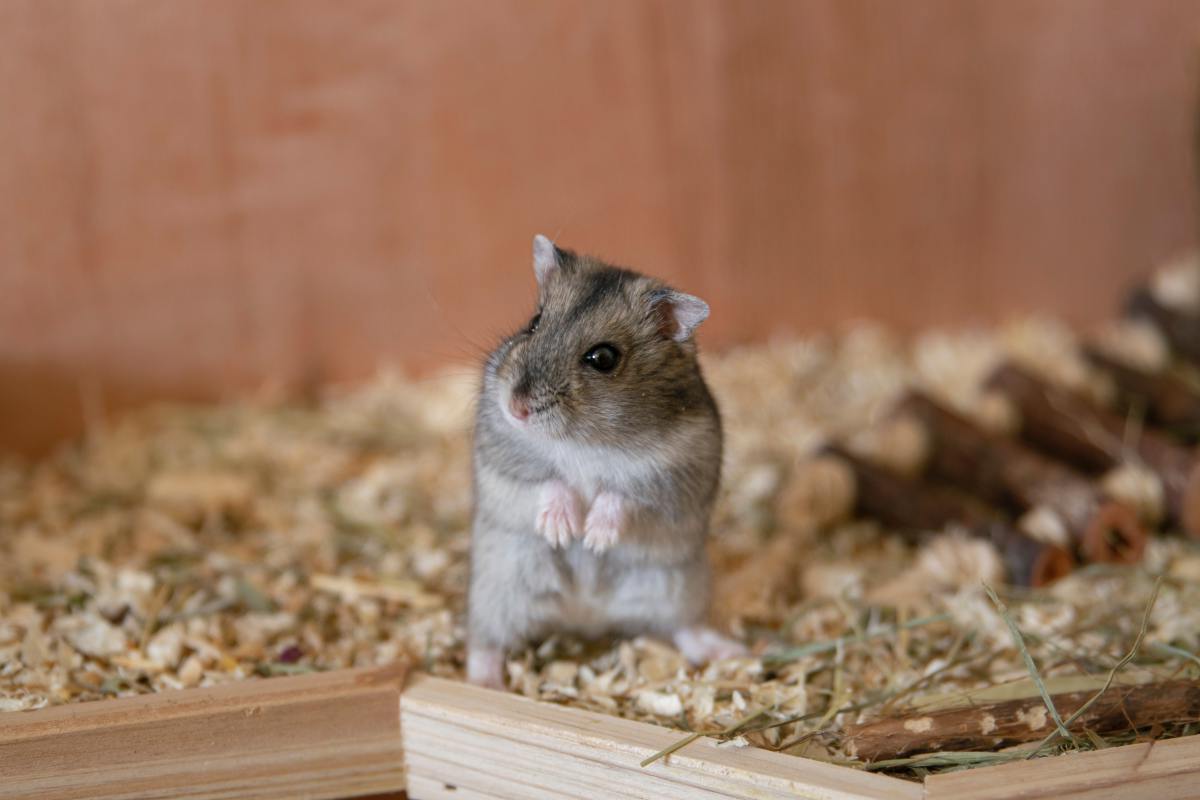
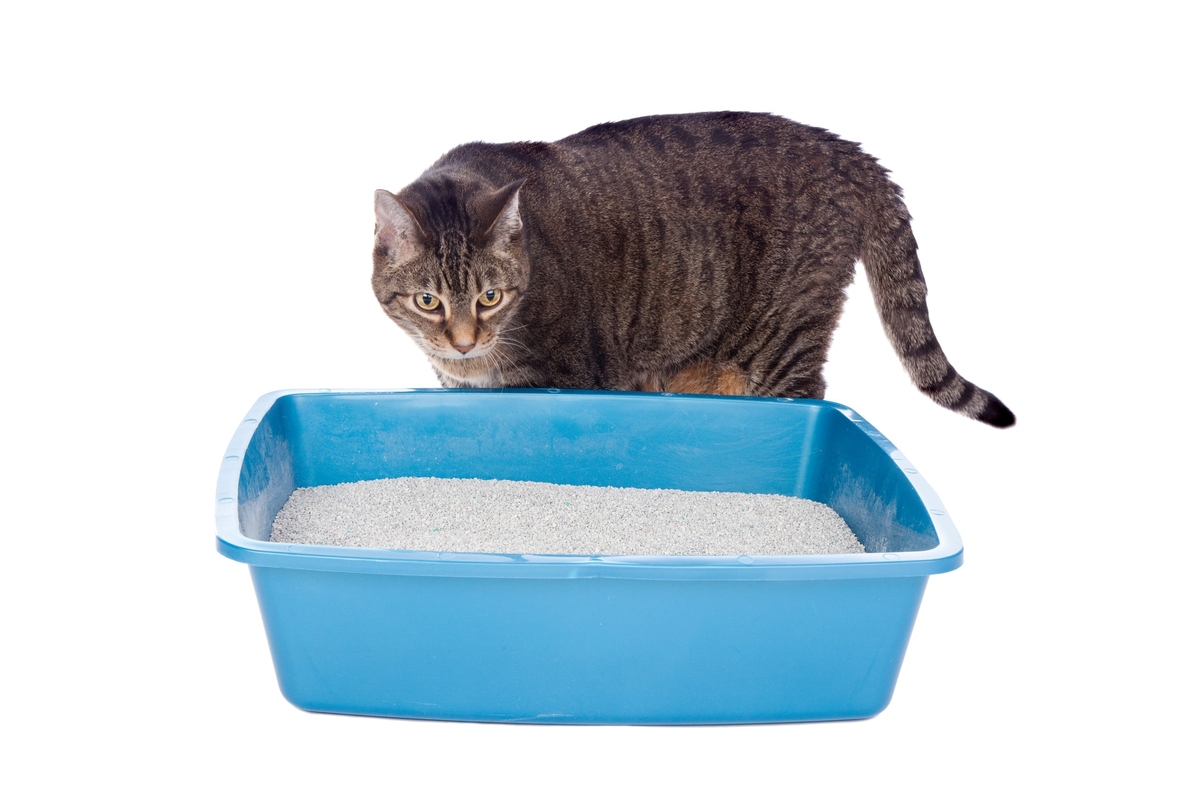
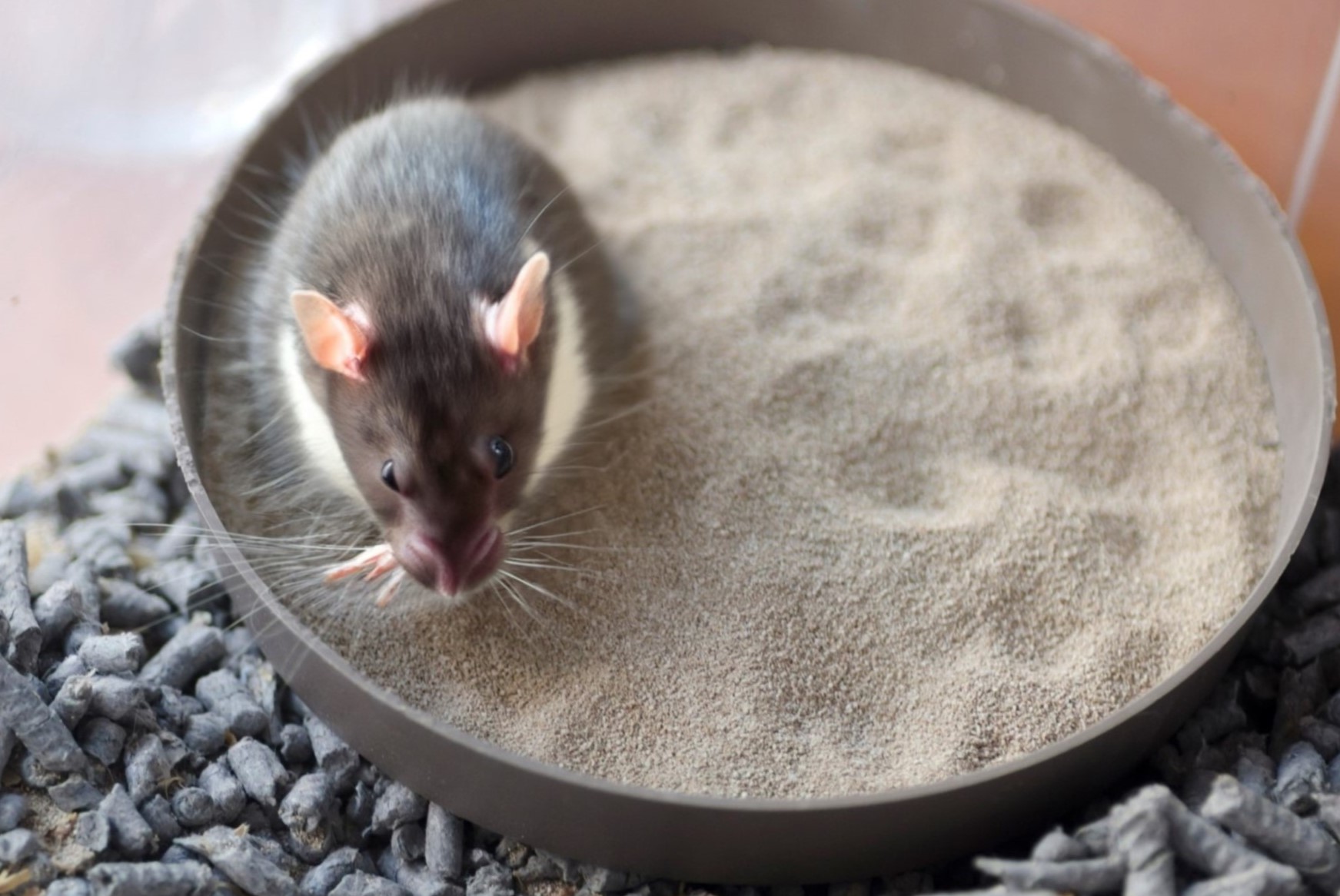
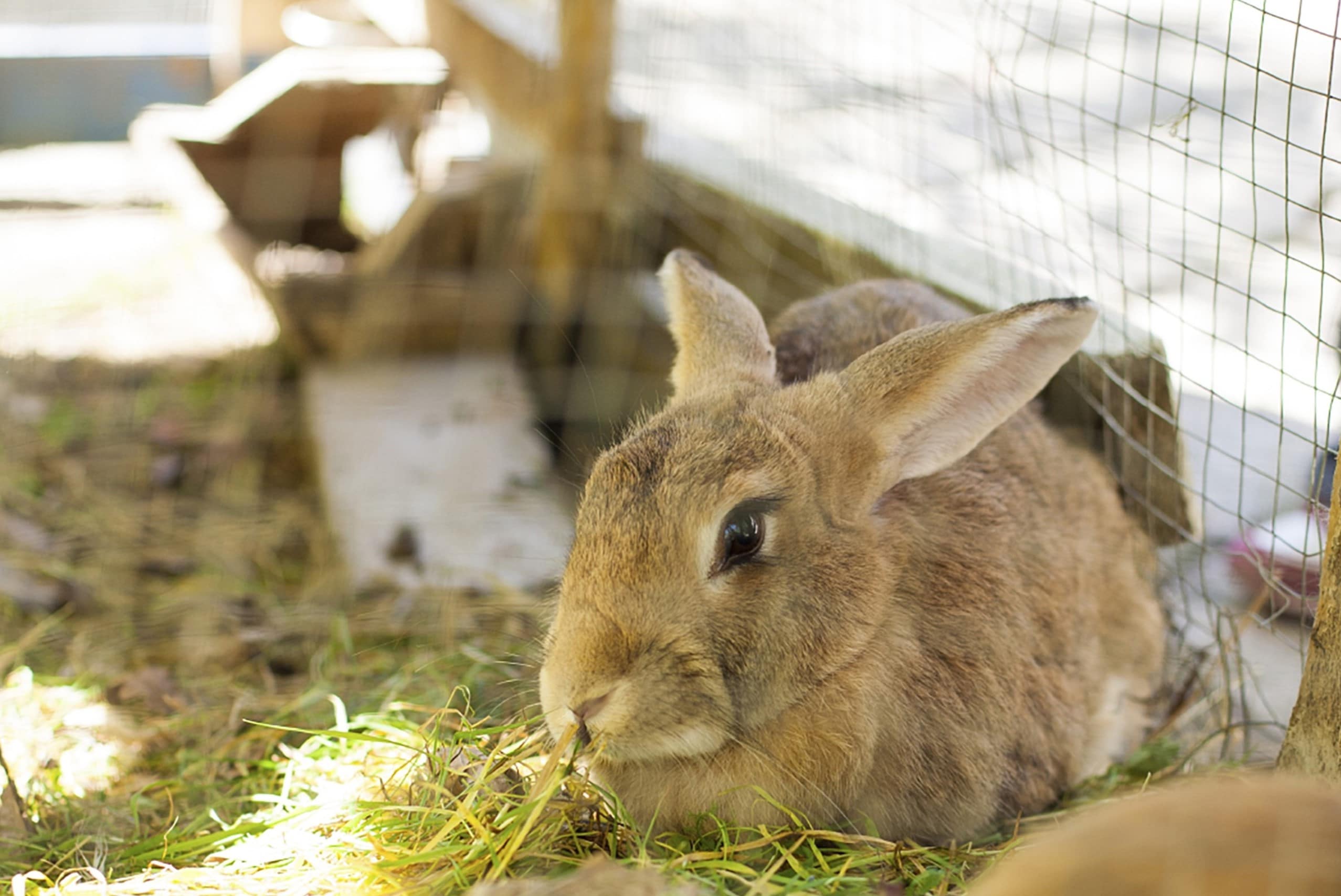
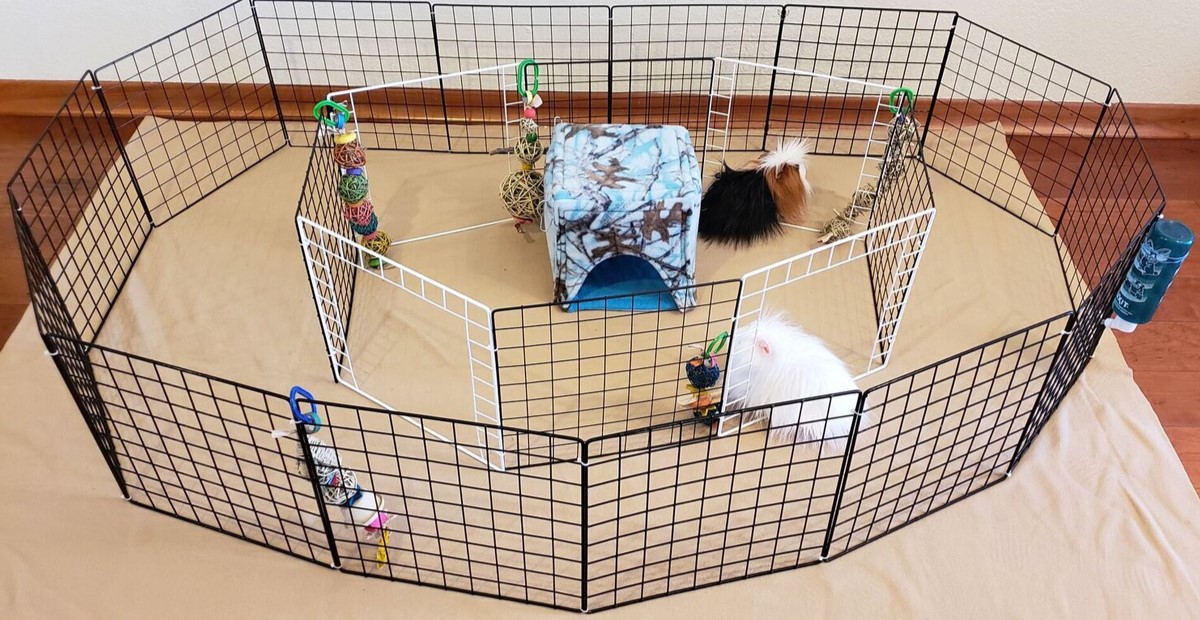
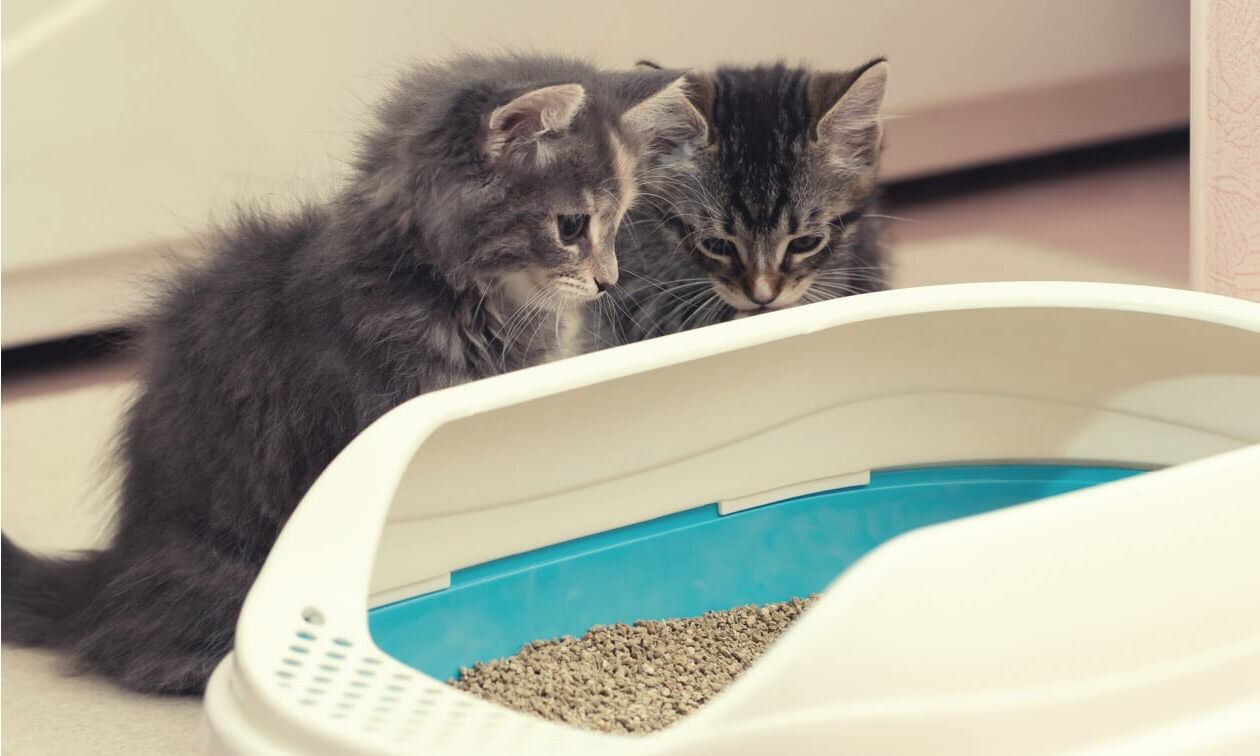
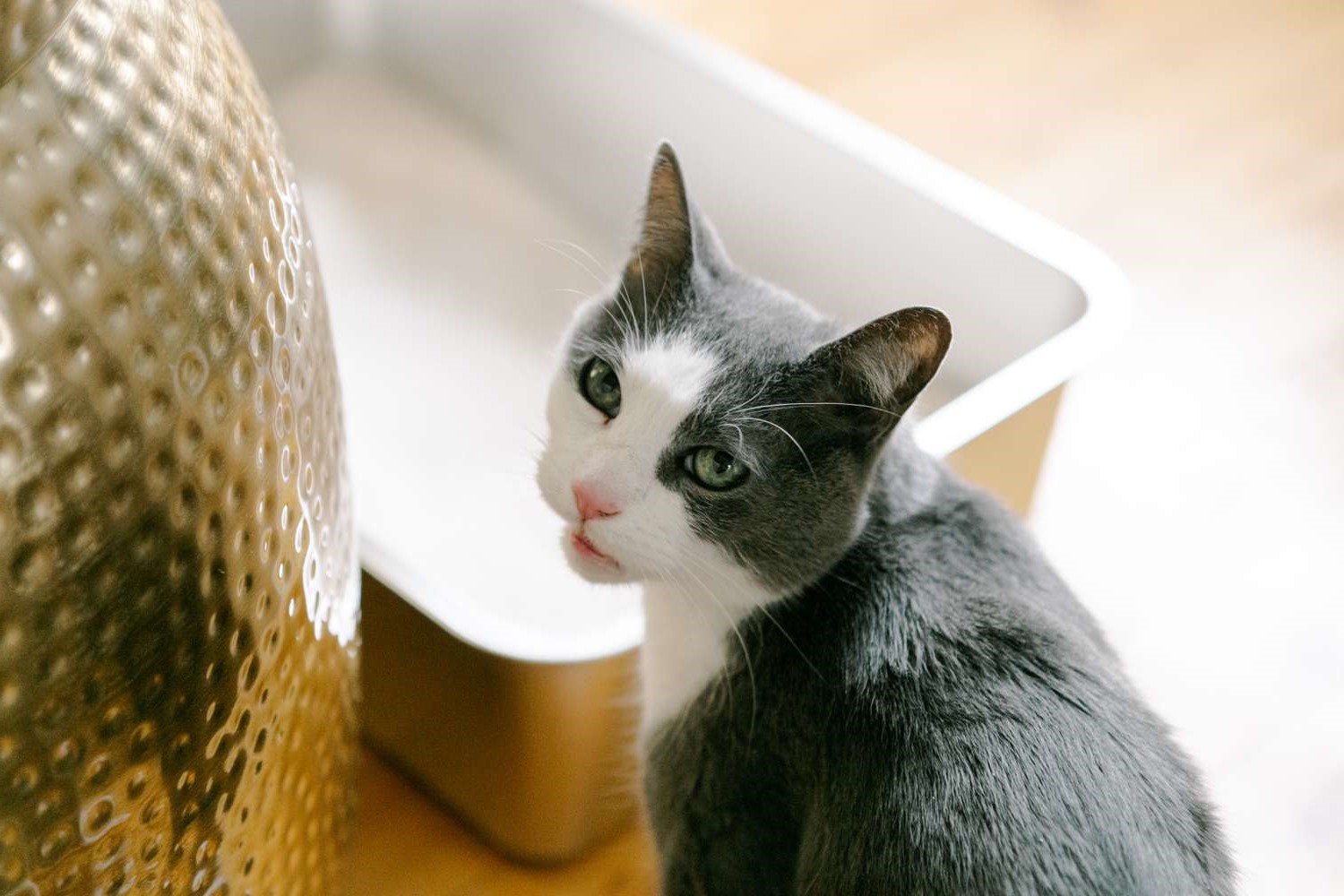
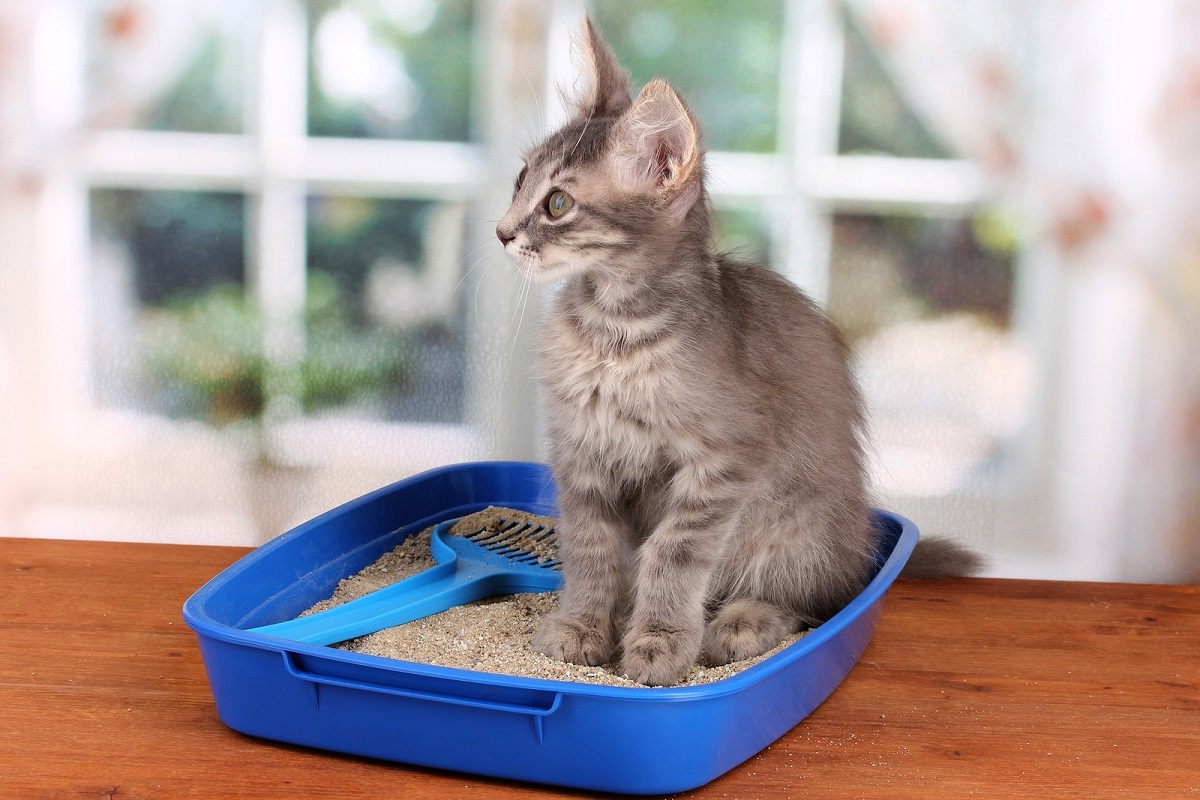
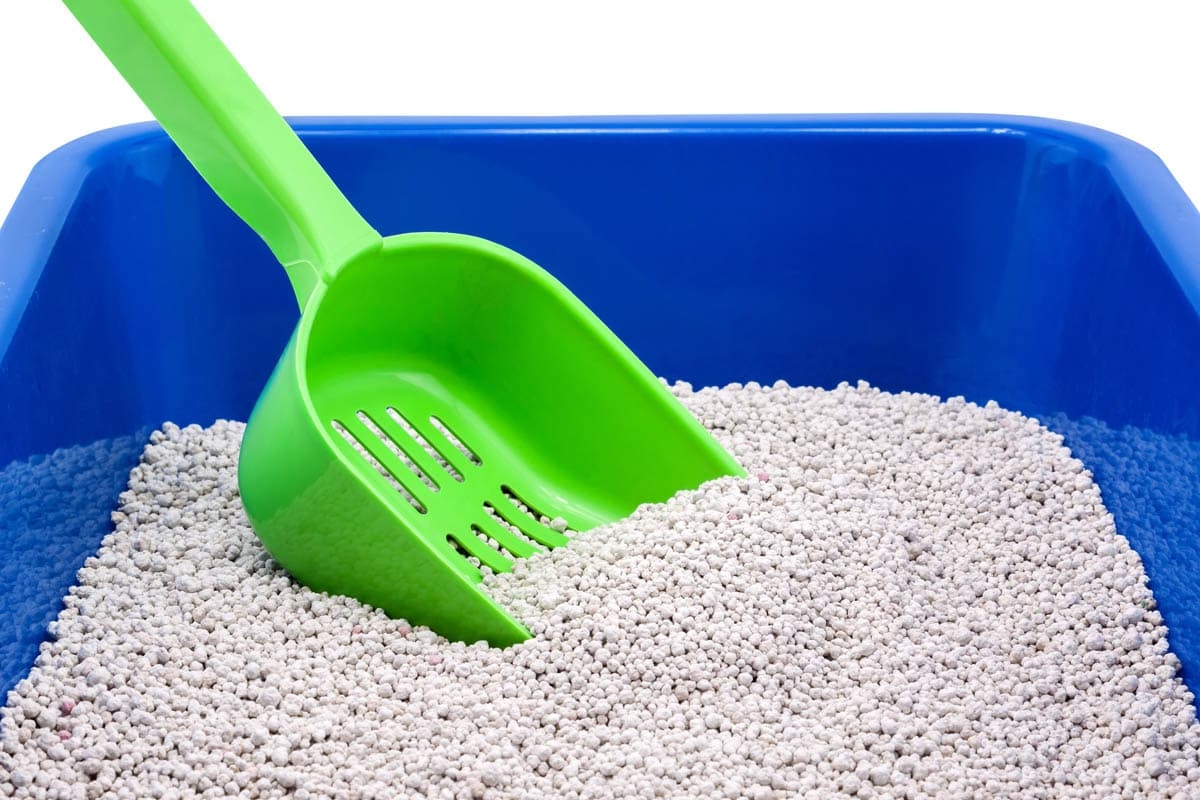
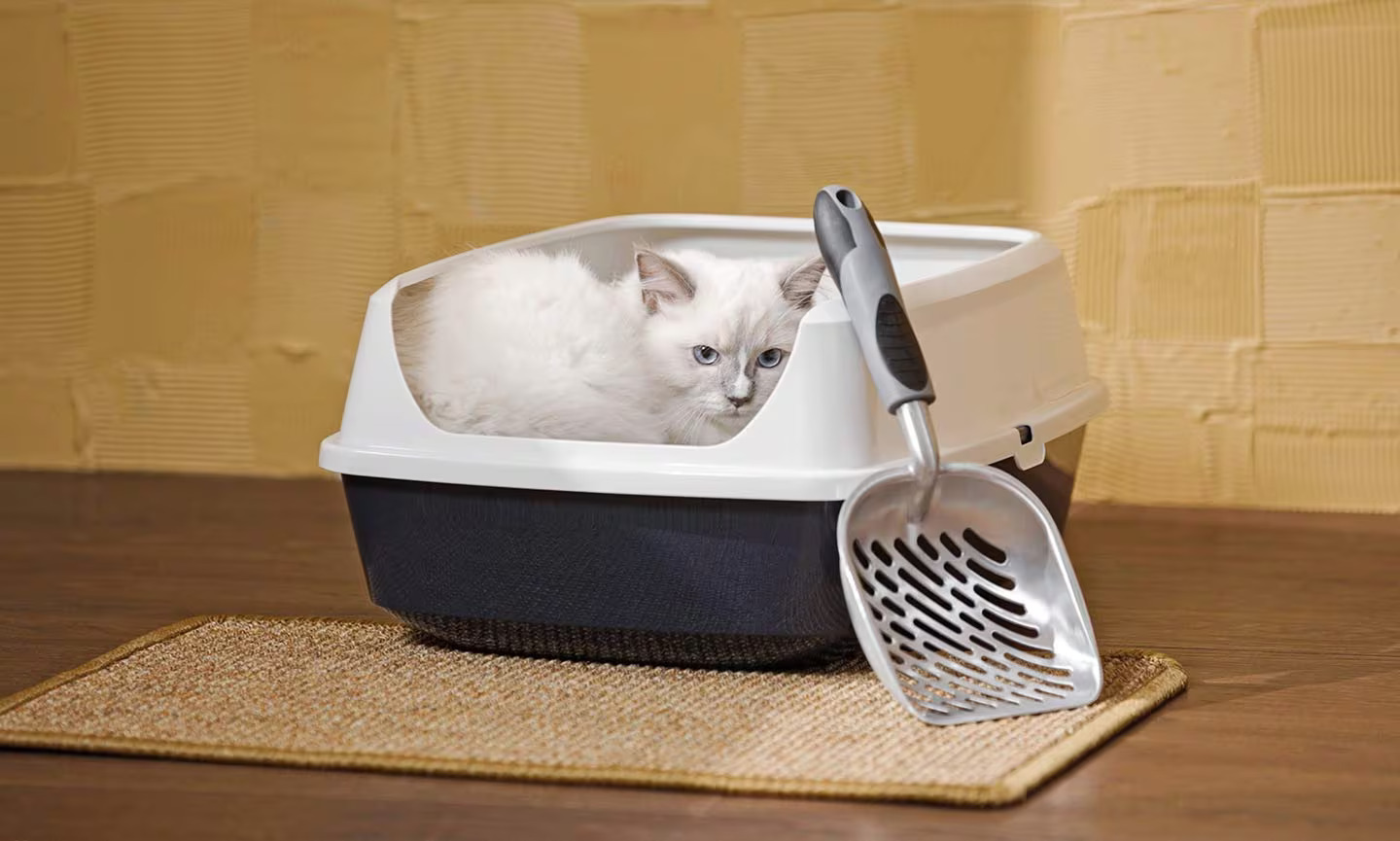
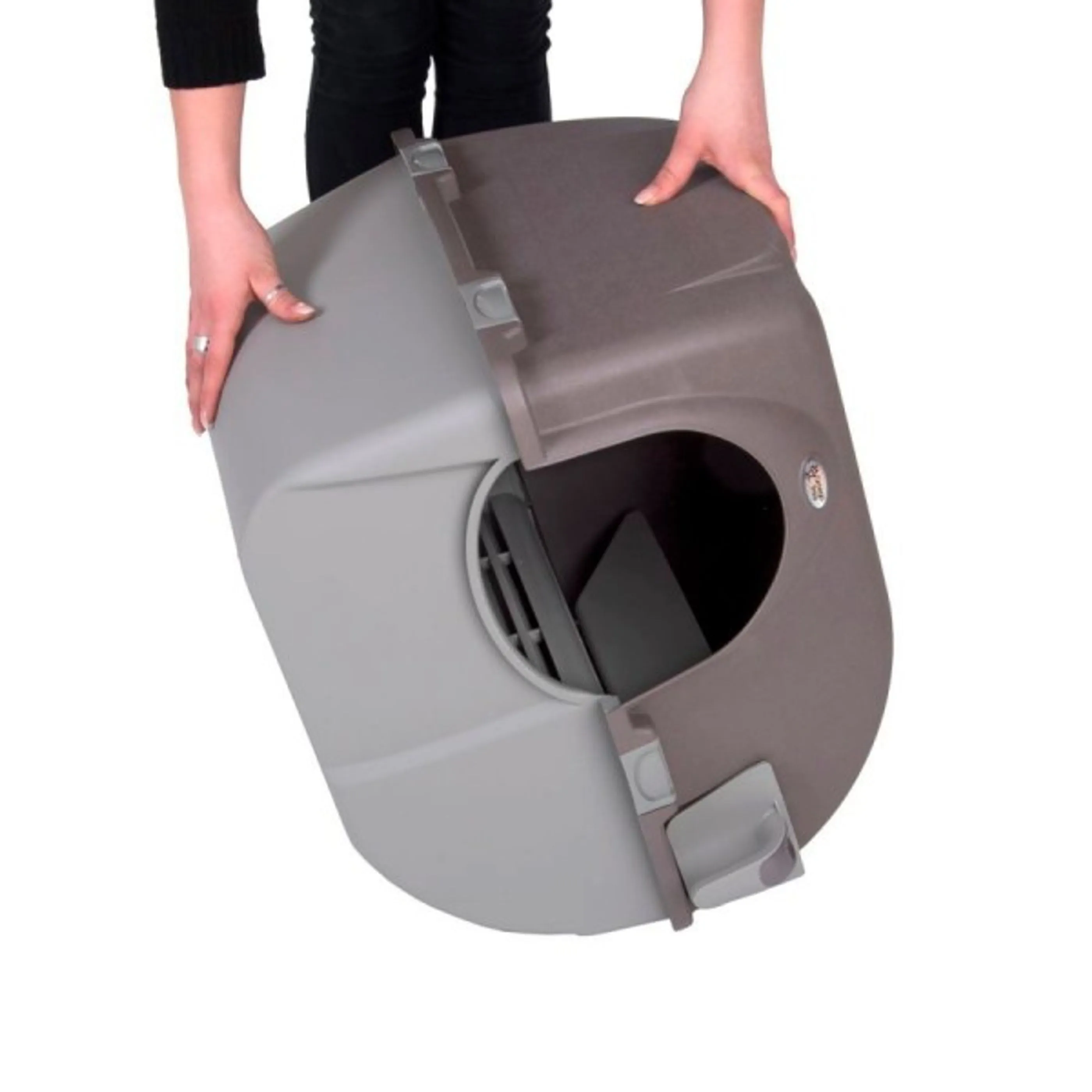

0 thoughts on “How To Train A Guinea Pig To Use A Litter Box”